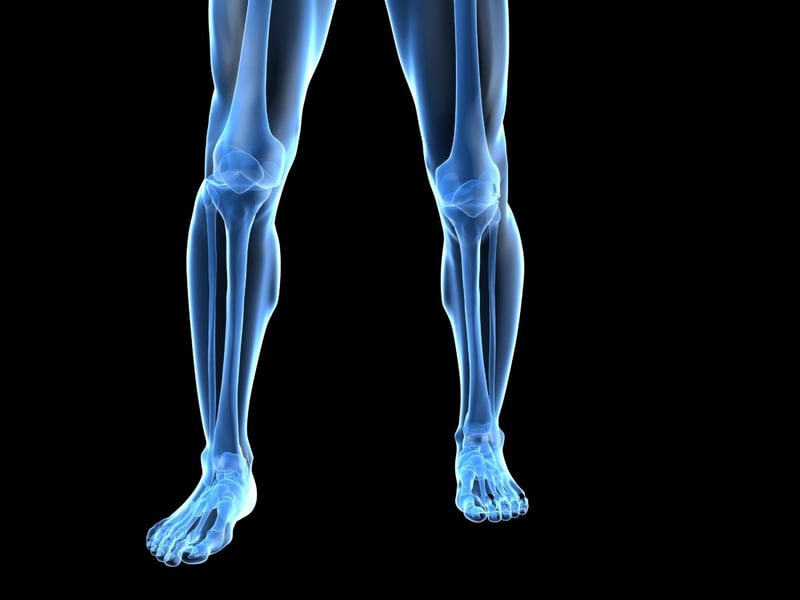
Nibali, ML, Tombleson, T, Brady, PH, and Wagner, P. Influence of familiarization and competitive level on the reliability of countermovement vertical jump kinetic and kinematic variables. J Strength Cond Res 29(10)/2827–2835, 2015.
The countermovement jump assessment (CMJ) as described is homoscedastic, meaning the test is reliable for all measured variables regardless of skill level.
The CMJ test can be performed without the need for familiarization trials.
The CMJ test is a reliable measure of assessing vertical JUMP HEIGHT.
A change in LOAD, EXPLODE, or DRIVE by 1 t-score is a significant change.
A change in LOAD, EXPLODE, and DRIVE by 6 t-scores, 2 t-scores, and 2 t-scores respectively is considered a meaningful change.
The test-retest reliability of the EXPLODE and DRIVE variables is high and can be used to determine real changes in performance.
The test-retest reliability of LOAD is highly variable, however changes in LOAD may be considered sensitive to training responses and fatigue.
“Vertical jump assessments can be performed without the need for familiarization trials irrespective of the competitive level of athlete.”
Population: One hundred eighteen male and 60 female athletes participated in this study. The 3 strata comprised 113 high school athletes, 30 college athletes, and 35 professional athletes, competing in the sports of baseball, basketball, American football, rugby union, soccer, tennis, volleyball, and water polo. Subjects were experienced athletes and were engaged in a structured resistance training program with a minimum of 12 months of experience.
The questions covered:
If an athlete performs a vertical jump test and improves their results each time, are the improvements a result of improved athletic ability? Or, is the athlete learning how to perform the test better? (i.e. ‘cheat’ the test to get a better result).
Is there greater reliability in vertical jump results for professional athletes compared to high school or college athletes?
The study investigated the reliability of three measurements of vertical ground reaction forces during a countermovement jump test. The three force measurements were average eccentric rate of force development (LOAD), average concentric force (EXPLODE) and concentric impulse (DRIVE).
178 athletes performed repeated jump trials with between 24 h to 14 d between trails. The changes in an athlete’s mean scores between trials were compared to identify any learning effect. The non-uniformity of error was compared between the professional, college and high school athletes to see if the reliability was consistent across different levels of competition.
The study found that a reliable measurement can be performed the first time an athlete does a vertical jump test. EXPLODE and DRIVE were highly reliable. LOAD was highly variable between jump trial. However, when the change in eccentric rate of force development (LOAD) is greater than the typical error of measurement it is considered sensitive to training responses and fatigue.
The three variables LOAD, EXPLODE, and DRIVE are converted to standardized t-scores, meaning a t-score change of 1 or more can be considered significant. Therefore, the change can be considered a real change as it is larger than the typical error.
Understanding typical variation of vertical jump (VJ) performance and confounding sources of its typical variability (i.e., familiarization and competitive level) is pertinent in the routine monitoring of athletes. We evaluated the presence of systematic error (learning effect) and nonuniformity of error (heteroscedasticity) across VJ performances of athletes that differ in competitive level and quantified the reliability of VJ kinetic and kinematic variables relative to the smallest worthwhile change (SWC). One hundred thirteen high school athletes, 30 college athletes, and 35 professional athletes completed repeat VJ trials. Average eccentric rate of force development (RFD), average concentric (CON) force, CON impulse, and jump height measurements were obtained from vertical ground reaction force (VGRF) data. Systematic error was assessed by evaluating changes in the mean of repeat trials. Heteroscedasticity was evaluated by plotting the difference score (trial 2 2 trial 1) against the mean of the trials. Variability of jump variables was calculated as the typical error (TE) and coefficient of variation (%CV). No substantial systematic error (effect size range: 20.07 to 0.11) or heteroscedasticity was present for any of the VJ variables. Vertical jump can be performed without the need for familiarization trials, and the variability can be conveyed as either the raw TE or the %CV. Assessment of VGRF variables is an effective and reliable means of assessing VJ performance. Average CON force and CON impulse are highly reliable (%CV: 2.7% 3/O 1.10), although jump height was the only variable to display a %CV #SWC. Eccentric RFD is highly variable yet should not be discounted from VJ assessments on this factor alone because it may be sensitive to changes in response to training or fatigue that exceed the TE.